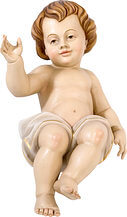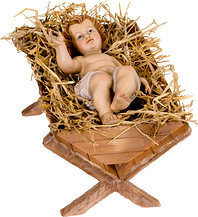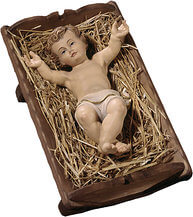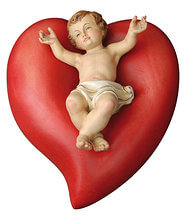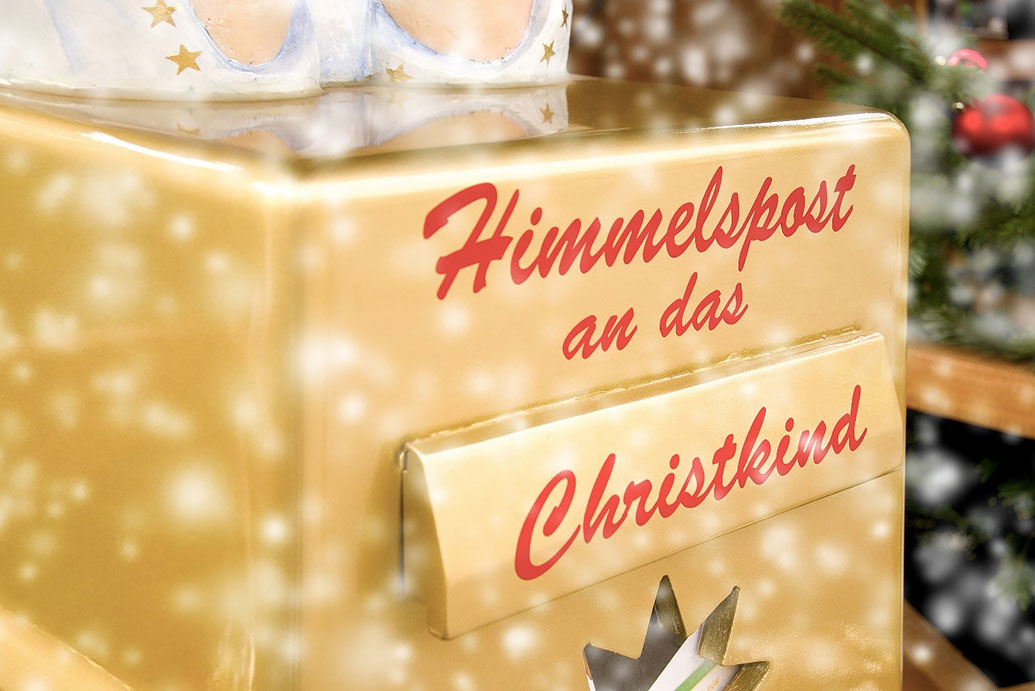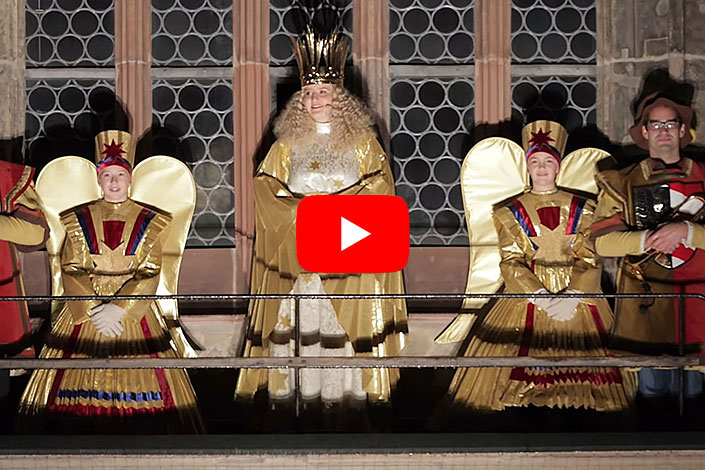Blonde-haired with a white ruffled dress, wings and a halo: this is how we imagine the figure of the Christ Child, who lights up the eyes of young children on Christmas Eve. After all, according to a centuries-old custom, the Christ Child brings the presents to the children. But do you know the story behind the angel?
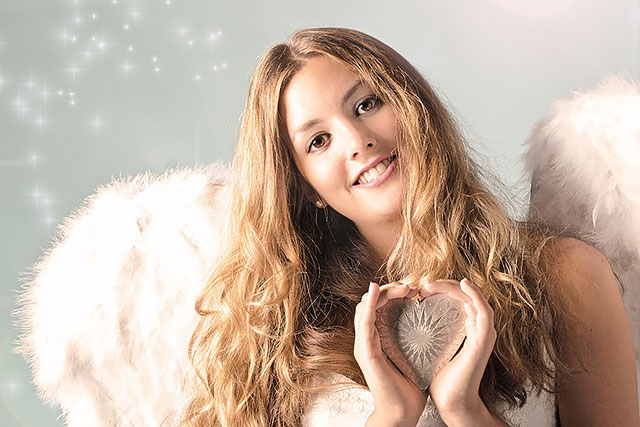
Table of contents
Christ Child or Father Christmas
Every year the Christ Child comes - this is how many people who have grown up in the Christian faith know it from childhood. In the German-speaking world, there is a dichotomy in the name of the person who brings presents to children at Christmas: while in the north and east of Germany, Father Christmas hands out presents on Christmas Eve; in the south and west, as well as in Austria and Switzerland, it's the Christ Child who appears to put the presents under the Christmas tree. In numbers: 45 per cent of Germans stated in a survey that Father Christmas is regarded as the bearer of Christmas presents in their family or close relatives, while 39 per cent named the Christ Child. But how did the Christ Child come to be and where did the story of the Christ Child originate?
Origin and meaning of the Christ Child
To understand how the idea of the Christ Child originated, let's take a trip back in time. In the fourth century, Saint Nicholas lived as the Bishop of Myra in what is now Turkey. He was a charitable and kind person who had a particularly kind heart for the poor. Later legends eventually made him one of the most revered saints, but also the bringer of gifts. You can find out more about Saint Nicholas in our article: "Why do we celebrate Saint Nicholas? The history & significance of the saint".
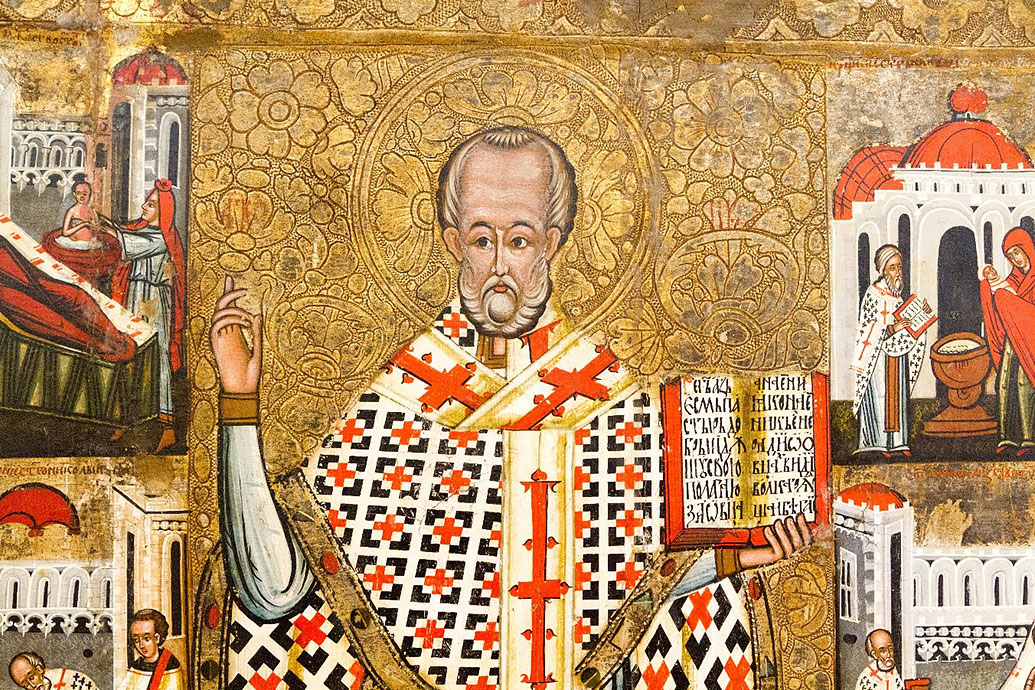 Before the Christ Child, Saint Nicholas brought the presents on Saint Nicholas' Day.
Before the Christ Child, Saint Nicholas brought the presents on Saint Nicholas' Day.Who "invented" the Christ Child?
For the Protestants, however, the veneration of saints and thus of Saint Nicholas was a thorn in their side. They found the Saint Nicholas custom a "kyndisch ding" and rejected it outright. For this reason, Martin Luther is said to have introduced the Christ Child as the bearer of gifts in the 16th century as a counter-design to Saint Nicholas. The feast of the birth of Christ was to become the focus of attention and was also to be reflected in Christmas customs. In Protestant regions, the gift-giving ceremony was from then on held on 25 December, the feast of Christmas.
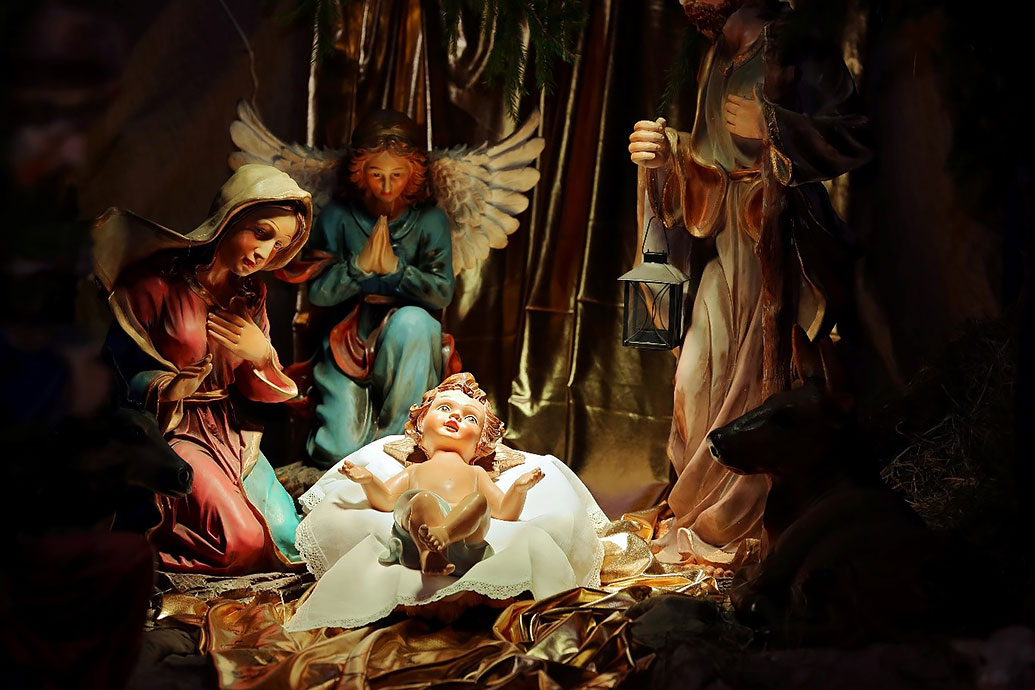 The Christ-child is also the name given to the newborn Jesus in the Christmas manger.
The Christ-child is also the name given to the newborn Jesus in the Christmas manger.The original Christ Child looked quite similar to the newborn baby Jesus. However, the figure of the Christ Child eventually developed independently. Over the years, the idea of the Christ Child as an angel-like being, who visually no longer had much in common with Jesus, became firmly established among the people. The depiction as an angel probably stems from parade customs and nativity plays, in which angels were usually led by a "Christ Child". A connection to the Feast of St. Lucia on 13 December is also conceivable. In Scandinavian countries, girls wear white robes and a wreath of light on their heads on this feast day and thus look strikingly similar to our idea of the Christ Child.
The Christ Child first became widespread in Protestant Germany, later also in the Rhineland and southern Germany. With the Reformation, the Protestant Church reintroduced Christmas Eve as the day for giving presents.
Is the Christ Child female or male?
The term "Christ Child" is not only used to describe the blond-haired gift-bringer, but also the representation of the newborn Jesus lying in the Christmas manger. Alternatively, terms such as holy child, little Jesus or baby Jesus are also used. Here, the Christ Child always appears as a male person.
More posts

Christmas Eve: Why do we celebrate it?
According to its original meaning, Christians gather on Christmas Eve to celebrate the birth of Jesus. Non-Christian people also celebrate this day as a family holiday with presents. Learn more about the history and meaning of the day as well as traditional Christmas Eve dishes in this article.
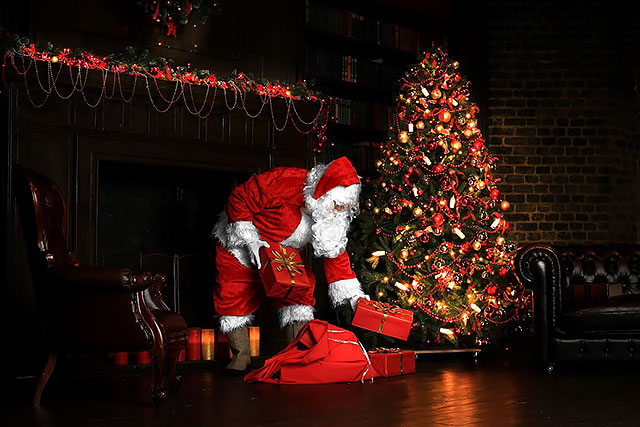
Father Christmas: Who is he really?
As Christmas season approaches, children big and small begin to wait patiently for Father Christmas to arrive. But where does the symbolic figure of Father Christmas come from? And what does he look like in other countries? We give you the answers to these and many other questions in this article.

Advent Calendar: History & Meaning
For most people, it is impossible to imagine the pre-Christmas season without it. But where does the tradition of opening a little door each day actually come from? How long have Advent calendars been around and how have they changed over time?

